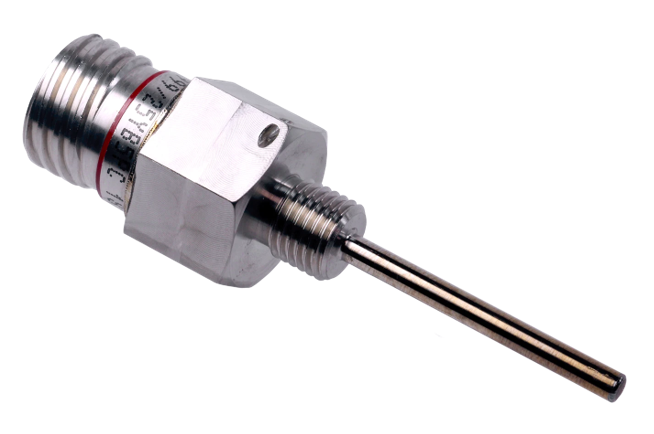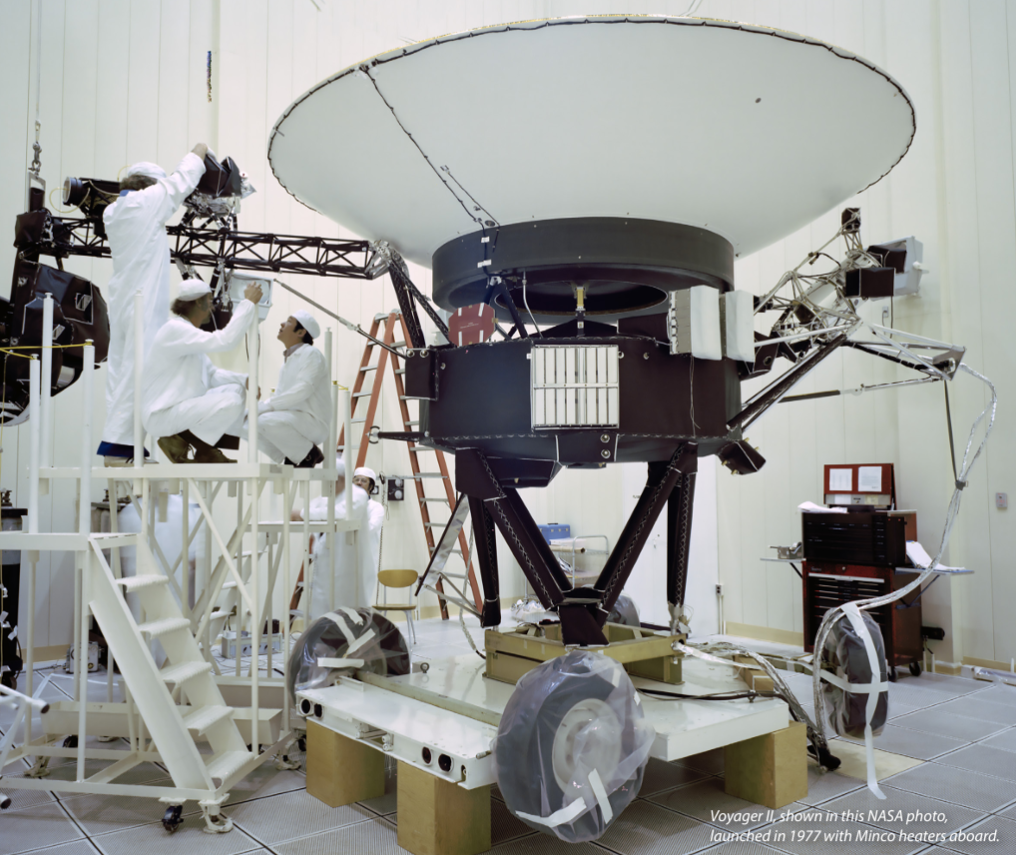
Platinum RTDs (resistance temperature detectors) are very popular temperature measurement devices in industrial settings, with stability and accuracy that are hard to match. Because RTDs extrapolate temperature from resistance, platinum’s high resistivity compared to copper, silver, and nickel makes it a perfect candidate for RTD elements.
But every RTD is inherently plagued by the same issue: leadwire resistance can introduce errors in measurement, sabotaging the accuracy they’re known for. Fortunately, there are several techniques for RTD measurement that can mitigate or eliminate leadwire resistance errors.
Minco’s new whitepaper covers this challenge in depth to help you make the best decision for your sensing application.
Whitepaper Download: Temperature Accuracy Considerations for RTD Measurement Techniques
Read the new whitepaper for:
- A simple overview of RTD uses, common elements, and why they’re so popular in industrial sensing
- An explanation of the factors that affect RTD accuracy
- A comparison of resistance measurement techniques with 2-wire, 3-wire, and 4-wire RTDs
- More recommendations for eliminating resistance measurement errors in your application
RTDs are just one part of an accurate, efficient heating solution. For more on RTDs and other product solutions for industrial heating, download the Minco Thermal Solutions Design Guide here.




